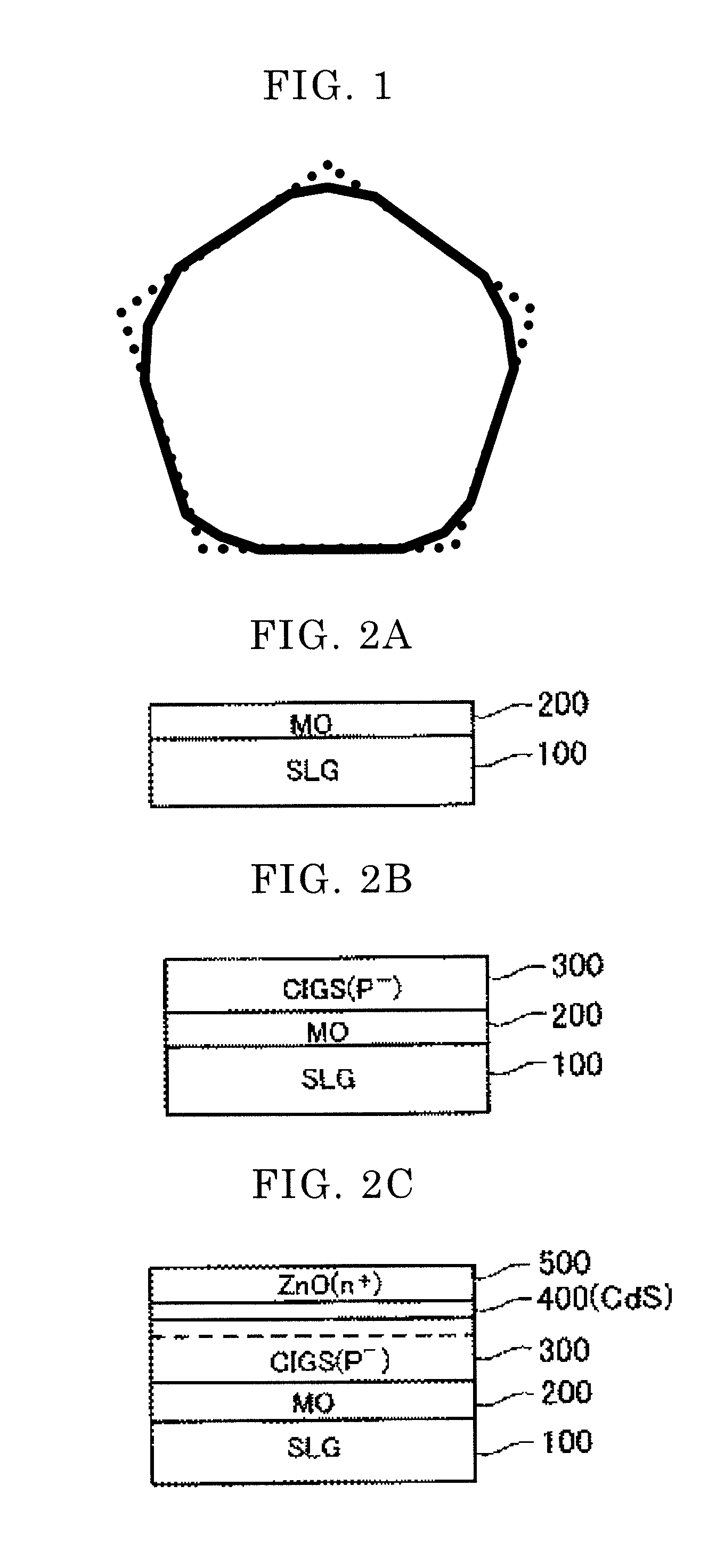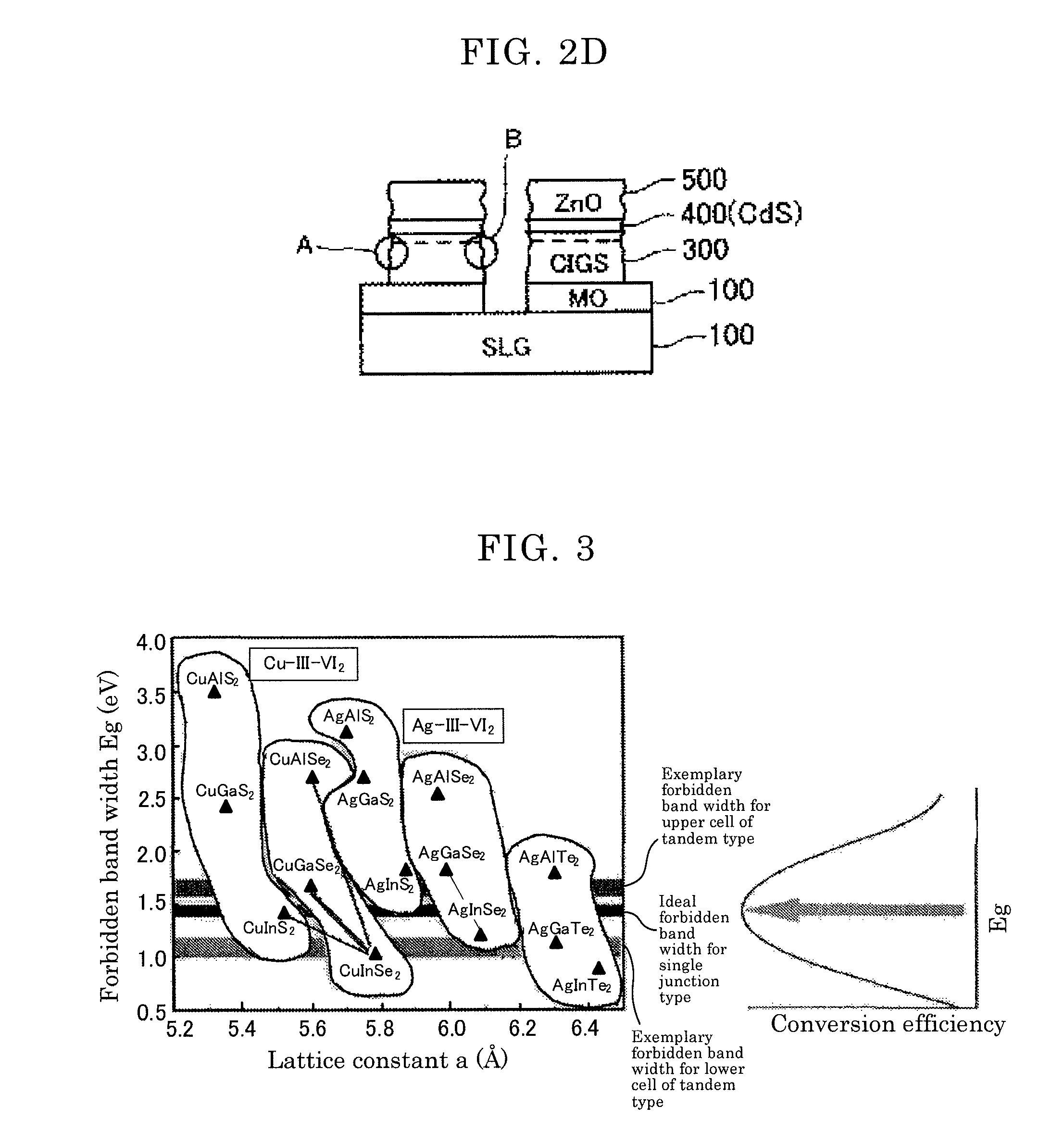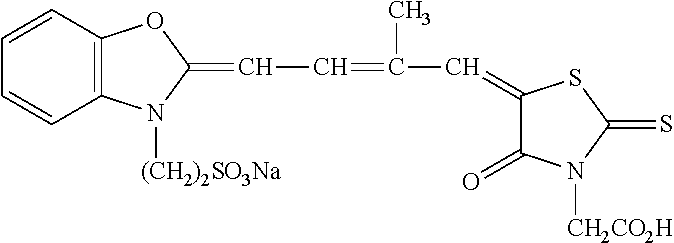Photosensitive material for forming conductive film, and conductive material
a technology of conductive film and photosensitive material, which is applied in the field of photosensitive material for forming conductive film and conductive material, can solve the problems of high cost, low production cost, and fundamental problem not being solved, and achieve high transparency and conductivity, high adhesion and flexibility, and high haze. high or extremely low
- Summary
- Abstract
- Description
- Claims
- Application Information
AI Technical Summary
Benefits of technology
Problems solved by technology
Method used
Image
Examples
examples
[0194]The present invention will be specifically explained with reference to Examples and Comparative Examples. However, it should be noted that the scope of the present invention is not confined to these Examples.
[0195]In Examples below, the diameter (minor axis length) and major axis length of a metal nanowire, the diameter (minor axis length) variation coefficient of the metal nanowires, the appropriate wire formation rate, and the sharpness of cross-sectional corners of the metal nanowire were measured as follows.
[0196]Three hundred metal nanowires were observed using a transmission electron microscope (TEM; JEM-2000FX, manufactured by JEOL Ltd.), and the diameter (minor axis length) and major axis length of metal nanowires were calculated by averaging the diameters (minor axis lengths) and major axis lengths of these 300 metal nanowires.
[0197]The diameter variation coefficient of the metal nanowires was worked out by observing 300 metal nanowires with the use of a transmission ...
PUM
| Property | Measurement | Unit |
|---|---|---|
| length | aaaaa | aaaaa |
| length | aaaaa | aaaaa |
| length | aaaaa | aaaaa |
Abstract
Description
Claims
Application Information
 Login to View More
Login to View More - R&D
- Intellectual Property
- Life Sciences
- Materials
- Tech Scout
- Unparalleled Data Quality
- Higher Quality Content
- 60% Fewer Hallucinations
Browse by: Latest US Patents, China's latest patents, Technical Efficacy Thesaurus, Application Domain, Technology Topic, Popular Technical Reports.
© 2025 PatSnap. All rights reserved.Legal|Privacy policy|Modern Slavery Act Transparency Statement|Sitemap|About US| Contact US: help@patsnap.com



